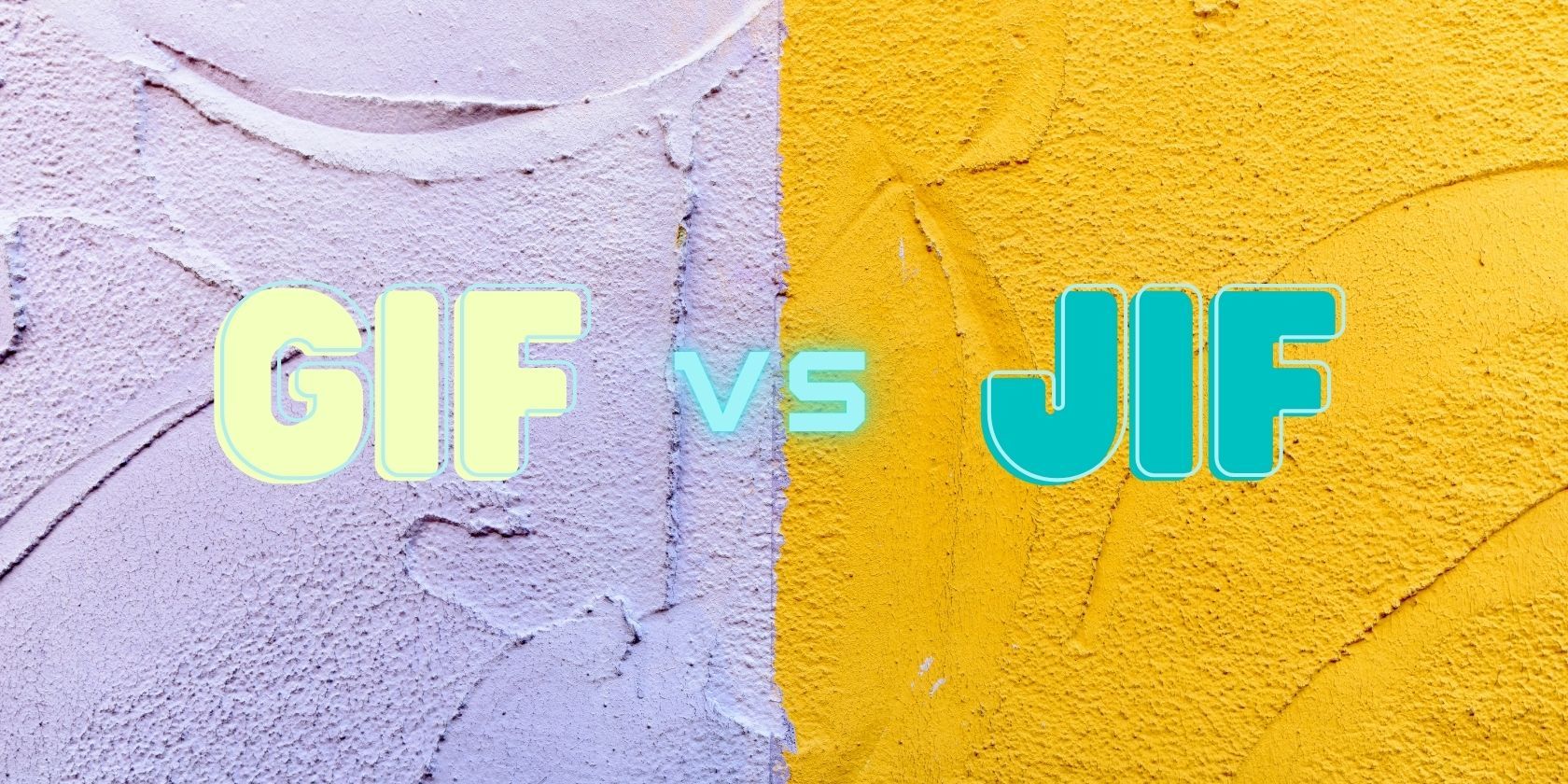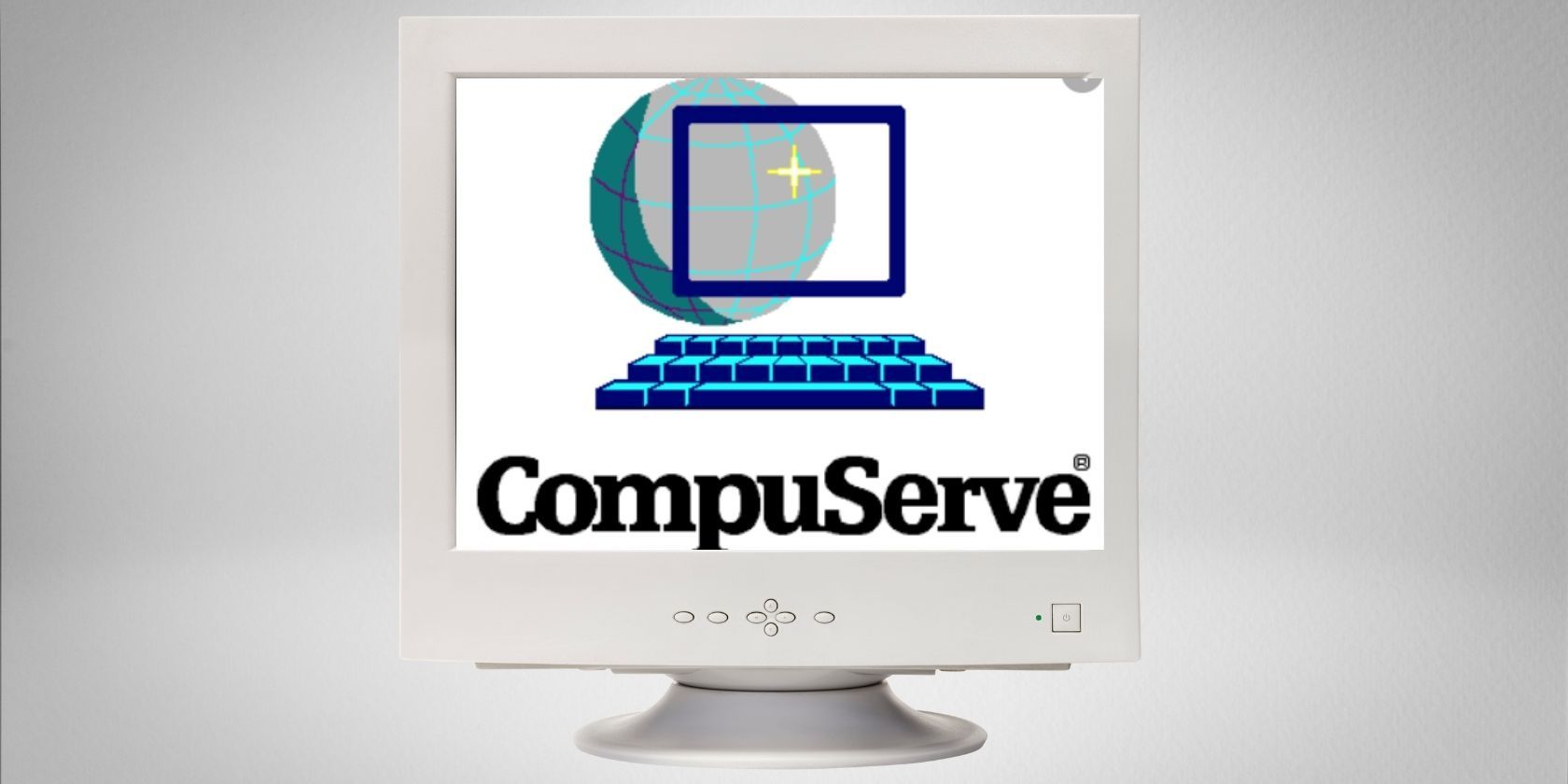GIF stands for Graphics Interchange Format and was first created in 1987 for CompuServe. Although GIF was originally designed to display images as short videos, the real longevity of the acronym has been its pronunciation.
The debate is as old as GIF has been around, but do you pronounce it with a hard "g", like in gift, or with a soft "g", like in giant? This article settles the score once and for all.
The History of GIF
In 1987, Steve Wilhite developed an algorithm for creating animation using a sequence of images that could be played back quickly. The first GIF was created to demonstrate this new technology and became known as the "GIF89a." This image showed a man dancing in front of the word "boing".
After its invention, the GIF format quickly became popular on early internet websites such as Geocities and Angelfire. These sites allowed users to upload their own content including animated GIFs, which often included moving text banners or other decorative graphics.
Now the GIF is everywhere and people can make their own GIFs from videos, movies, or TV shows. There are even specific keyboards for using GIFS on smartphones that make GIFs easily accessible.
When Wilhite invented the acronym, he famously stated that "choosy developers choose GIF". While it may just sound like nonsense, Wilhite was referencing an old Jif peanut butter ad. This statement suggested the soft "g" is the correct pronunciation, and the debate has been alive ever since.
Over the years, several noteworthy incidents have escalated the debate and provided more evidence for the correct pronunciation. GIF was included in the Oxford Dictionary as the word of the year. In the announcement, Oxford mentioned that you could pronounce it with either a soft or hard "g"–not very helpful.
In 2013, Wilhite won a Webby Award and, in his acceptance speech, declared the dictionary was wrong, and that GIF should be pronounced with a soft "g". As recently as February 2020, Giphy created an ad that promoted the use of the hard "g".
Even though the debate has carried on as late as 2020, there are a few reasons one pronunciation should be preferred over the other.
How to Pronounce GIF
Designer Aaron Bazinet created a website to weigh in on the controversy, and put up valid arguments on why everyone should use the hard "g" when pronouncing GIF.
One notable linguistic rule is that no other word in the English language uses a soft "g" pronunciation in a word beginning with "g", followed by a vowel, and followed by "f". Examples include "gift", "guff", and "gaffe"–all of which use the hard "g".
Also, using the hard "g" has become the most widely accepted way to say GIF. It's the reason why it has been accepted into the Oxford Dictionary. The only reason people say GIF with a soft "g" at all is because of the continued fight of the format's creator, Steve Wilhite.
If you're going to talk about using GIFs with your friends, you should be using the pronunciation with a hard "g". It makes more sense linguistically and has been the most widely accepted form for years.
Correctly Pronouncing GIF
The creator of GIF will always be adamant that you should use a soft G when pronouncing the acronym, but it's not a widely used or accepted way to say it.
The hard G makes more linguistic sense and is how most people refer to say the phrase. There are lots of online tools that can help you with the correct pronunciation if you're ever having trouble.



